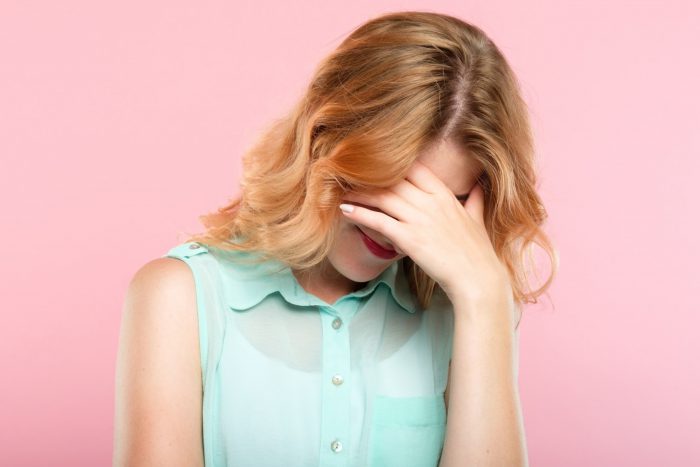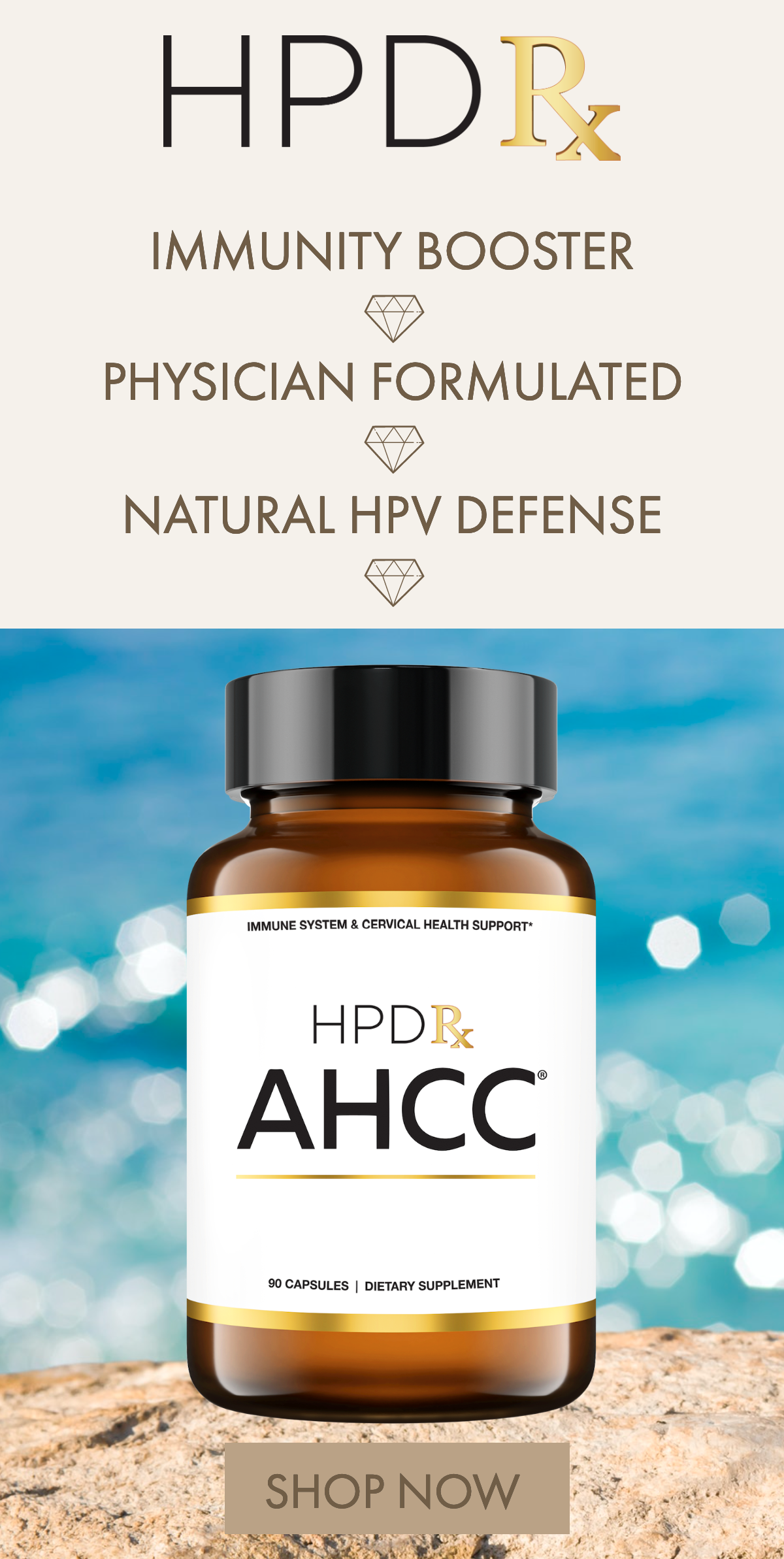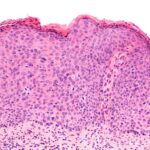
Some strains of the human papillomavirus (HPV) cause genital warts to develop on the skin where intimate contact was made with an infected person during anal or vaginal sex. There is no cure for genital warts, but you can receive treatment to prevent them from spreading or causing discomfort.
Not all HPV strains cause visible genital warts, but some do. Most women do not realize they have an HPV infection if they do not see genital warts because they don’t think to get tested for it. For example, if a woman develops cervical dysplasia from an HPV infection, she will not experience visible symptoms like warts. She will need to get a pap smear to check for signs of abnormal cervical cellular growth before receiving an HPV diagnosis.
A woman with an HPV infection has nearly a 70% risk of transmitting the virus to her partner. But the good news is that symptoms are rare for both partners.
Signs and Symptoms of Genital Warts
The unfortunate HPV-infected people with genital warts may experience the following:
- Genital warts spreading and resembling clusters of cauliflower-shaped growths
- Warts growing on the anus and genitals
- Warts feel itchy if irritated but not feeling from simply touching them
- The doctor discovers warts on the cervix during a physical examination
- The doctor applies vinegar or another acetic acid solution on the genitals to reveal visible warts
Do Genital Warts Cause Health Issues?
A pregnant woman with genital warts may experience bleeding because of all the hormonal changes she goes through. However, genital warts should not impact giving birth or require the mother to undergo a Cesarean section.
Many cases of men and women with genital warts usually result in the virus turning dormant, which means the outbreaks of visible genital warts go away for the time being. But the genital warts could come back again if the state of dormancy were ever to end.
The best thing women can do is get regular pap smears to check for signs of abnormal cervical cellular growth. If a doctor detects these abnormal cells, the affected woman could be diagnosed with sub-clinical HPV (invisible HPV). From that point, the doctor will want to perform a colposcopy and possibly a biopsy to extract a cell sample from the cervix and test it under a microscope in a laboratory.
If you have been diagnosed with HPV, your doctor will want you to get a pap smear at least once per year to monitor the abnormal cervical cells to see if they have turned precancerous.
In many cases, the HPV infection will turn dormant and cause no more issues. But this could change at any time, so it is critical to continue the testing before significant changes develop. Then you can seek treatment to prevent the precancerous changes from turning cancerous.
Treatments for Genital Warts
Most doctors will prescribe a topical medication to treat genital warts if they are on the outside of the body. But if you have warts inside the vaginal canal, your doctor may recommend burning or freezing off the warts. The other alternative is to simply wait for the HPV infection to turn dormant, causing the wart outbreaks to go away naturally.
Not all HPV diagnoses or outbreaks of genital warts will lead to cervical cancer. But it is vital to take every precaution possible to avoid the potential for the development of cervical cancer. That is why you should get your pap smear test once per year and do everything possible to boost the strength of your immune system. There is no cure for HPV but there are effective immune boosting supplements such AHCC and treatments for genital warts.
Here are some recommended vitamin and mineral dosages for boosting the strength of the immune system to fight off genital warts:
- 8 milligrams of Folic Acid daily (essential if you are on Birth Control medication)
- 50 milligrams of Vitamin B-6 daily (also necessary if you take Birth Control)
- 500 to 3,000 milligrams of Vitamin C daily
- 400 units of Vitamin E daily
- 800 mcg of Vitamin A daily
- 12 milligrams of Zinc daily
- 55 milligrams of Selenium daily






